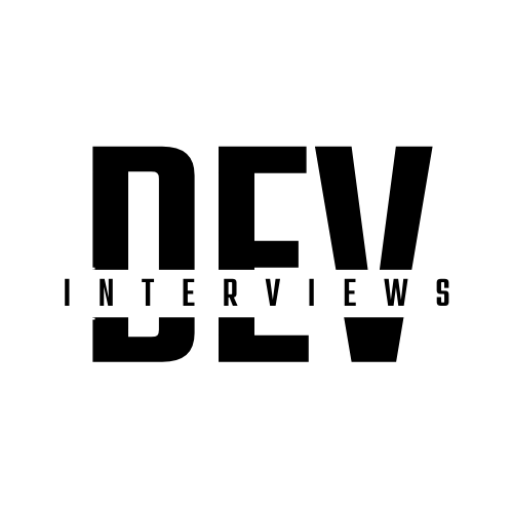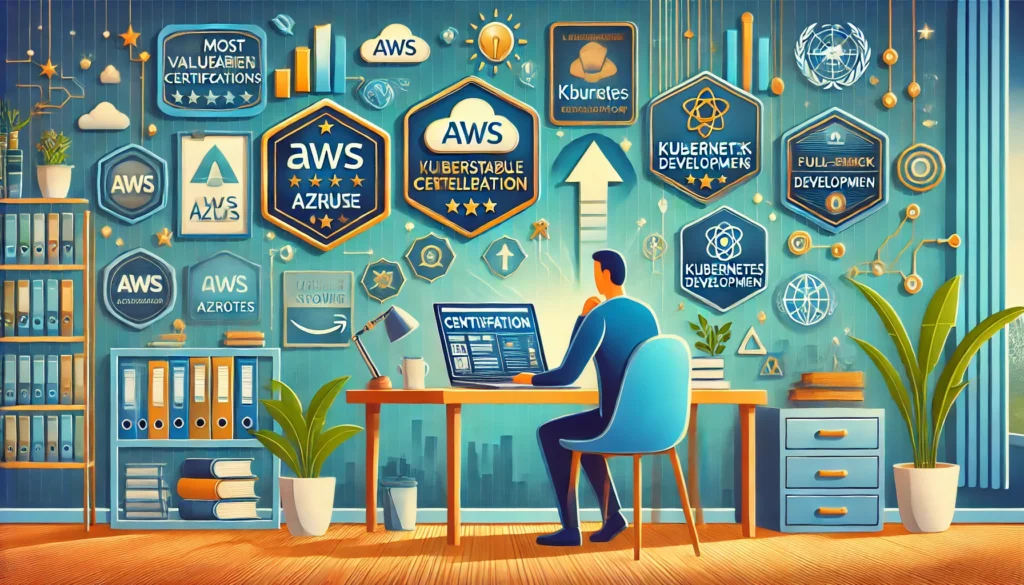System design interviews are often considered the most challenging part of landing a top-tier tech job. These interviews assess your ability to design scalable, reliable, and efficient systems, which are critical skills for senior developers, architects, and engineers. As we move into 2025, the expectations for system design interviews are evolving, with an increasing focus on real-world scalability, cloud-based architectures, and cutting-edge tools. In this blog, we’ll provide a comprehensive guide to mastering system design interviews in 2025.
Category: Career Tips
This blog falls under the Career Tips category, offering actionable advice and insights to help developers excel in system design interviews.
1. Understand the Basics of System Design
Before diving into advanced topics, make sure you have a solid understanding of the fundamentals of system design. These concepts form the foundation of any scalable system.
- Learn the key principles of system design: scalability, reliability, and availability.
- Understand data flow, request-response cycles, and client-server communication.
- Familiarize yourself with basic design patterns like caching, sharding, and load balancing.
A strong grasp of these basics will make it easier to tackle complex design problems during interviews.
2. Master Modern Databases and Storage Solutions
In 2025, interviewers will expect you to know more than just relational databases. You’ll need to understand the trade-offs between different storage solutions and how they fit into various system architectures.
- Relational databases: PostgreSQL, MySQL, and MariaDB.
- NoSQL databases: MongoDB, Cassandra, and Redis.
- Distributed storage systems: Amazon S3, Google Cloud Storage, and Azure Blob Storage.
- Understand database indexing, replication, and partitioning for high performance and scalability.
Be prepared to explain your choice of database and how it aligns with the system’s requirements.
3. Dive Deep into Distributed Systems
System design at scale often involves creating distributed systems. You’ll need to demonstrate a solid understanding of how distributed systems work and the challenges they present.
- Learn about consensus algorithms, such as Raft and Paxos.
- Understand event-driven architectures and tools like Apache Kafka and RabbitMQ.
- Study the CAP theorem (Consistency, Availability, Partition Tolerance) and how it applies to real-world systems.
- Learn how to design for fault tolerance and eventual consistency.
Proficiency in distributed systems is essential for creating scalable architectures in cloud-native environments.
4. Practice Designing Commonly Asked Systems
System design interviews often involve building well-known systems. Practicing these scenarios can help you quickly identify key components during an interview.
- Design a URL shortener (e.g., TinyURL).
- Build a scalable chat system (e.g., WhatsApp or Slack).
- Design a content delivery network (e.g., Cloudflare or Akamai).
- Create an e-commerce system (e.g., Amazon).
For each design, focus on scalability, fault tolerance, and trade-offs. Use diagrams to visualize your solution and explain your design decisions clearly.
5. Leverage Cloud Computing and Serverless Architectures
Cloud technologies have revolutionized system design, and interviewers expect you to understand how to leverage cloud services effectively. Serverless architectures are especially relevant in 2025.
- Learn the core services of major cloud providers: AWS, Azure, and Google Cloud.
- Understand serverless computing with platforms like AWS Lambda and Azure Functions.
- Know how to design with managed services like DynamoDB, SQS, and Cloud Pub/Sub.
Cloud-native and serverless solutions demonstrate your ability to design cost-effective and scalable systems.
6. Learn to Communicate Your Ideas Clearly
System design interviews aren’t just about technical knowledge—they’re also about communication. Even if you have the perfect solution, failing to articulate your thought process can hurt your chances.
- Start by clarifying the problem and asking questions to gather requirements.
- Break your solution into components and explain each step logically.
- Use diagrams to illustrate your design (e.g., whiteboards, collaborative tools like Miro).
- Be prepared to discuss trade-offs and alternative approaches.
Good communication shows that you’re a team player and can collaborate effectively with other stakeholders.
7. Practice Mock Interviews
The best way to prepare for system design interviews is through practice. Mock interviews simulate real-world scenarios and help you refine your approach.
- Use platforms like Interviewing.io or Pramp to practice with experienced interviewers.
- Record yourself explaining designs to identify areas for improvement.
- Get feedback on your communication skills, design decisions, and problem-solving approach.
Mock interviews build confidence and help you refine your ability to think on your feet during high-pressure situations.
Conclusion
System design interviews in 2025 will test your technical expertise, creativity, and communication skills. By mastering the fundamentals, practicing real-world scenarios, and staying updated with modern cloud and distributed system technologies, you can stand out as a top candidate. Remember, system design is a skill that improves with practice, so start early and stay consistent. Good luck in your preparation!



